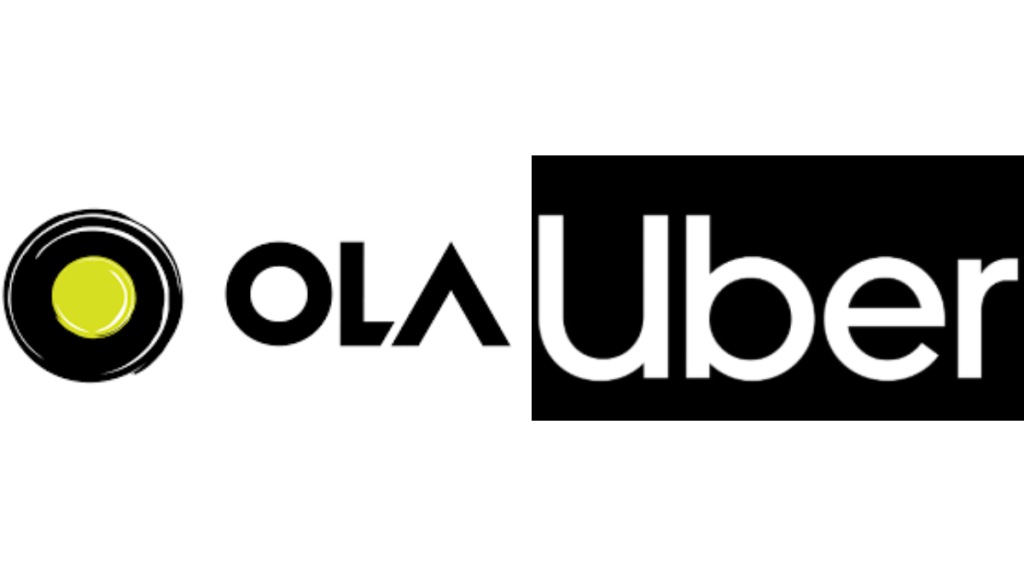In a move likely to affect daily commuters, the Ministry of Road Transport and Highways has revised the Motor Vehicles Aggregator Guidelines, allowing cab aggregators such as Ola and Uber to charge up to twice the base fare during peak hours, an increase from the earlier cap of 1.5 times.
During non-peak hours, the guidelines now prevent ride-hailing firms from offering fares at less than 50% of the base rate, aiming to bring consistency to pricing structures across platforms.
The updated norms also introduce cancellation penalties for both drivers and passengers. A 10% charge, capped at Rs 100, will be imposed if either party cancels a ride without a valid reason. States are required to adopt the new guidelines within three months of their issuance, as per the central directive.
To offset operational inefficiencies like dead mileage, the distance travelled without a passenger or en route to a pickup, the base fare will now cover a minimum distance of three kilometres. The revised rules also touch on revenue share. Drivers operating their own vehicles will receive 80% of the fare, while those driving company-owned vehicles will be entitled to at least 60%.
On the safety front, the government has mandated the installation of vehicle tracking systems in all cabs, with the data to be retained within the aggregator’s ecosystem and linked to state command and control centres. Aggregators will also be required to set up 24/7 control rooms to monitor vehicle movements and provide passenger support.
The changes come at a time when industry players such as BluSmart face operational and regulatory challenges, and as Uber makes leadership changes, with Pradeep Parameswaran taking charge of global mobility operations.

